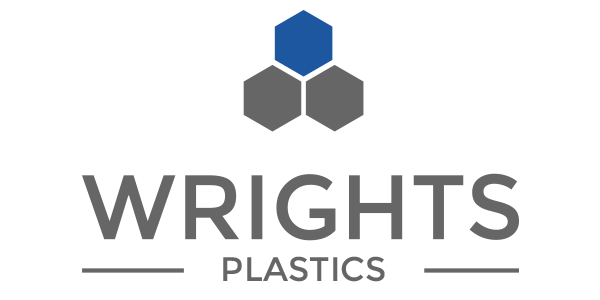Plastic Rapid Prototyping can involve either concept prototypes or functional prototypes. In fact, many prototyping projects involve both concept AND functional plastic rapid prototyping as after the initial approval of the concept further development requires the need for a prototype that effectively replicates the desired functions of the finished product and this requires the development of a functional rapid prototype.
In fact this aspect is one of the reasons why plastic rapid prototyping is increasingly being used to develop, test and refine many components, parts and products. Rapid prototyping makes it easier to check the design, fit, function, and manufacturability before investing in expensive tooling and moving into costly and time consuming production.
With the increasing number of processes used to create such prototypes, replicating the ‘real life’ functions of the product is increasingly achievable. The most readily accessible processes include 3D printing, vacuum forming, and CNC routing. They offer increasingly detailed levels of manufacturing with an ability to create items with almost unlimited design features even at this one-off stage helping the finished prototype accurately replicate the finished product in all aspects without the need for expensive tooling or set up costs.
Benefits of Functional Plastic Rapid Prototyping
Advanced materials can closely match the look, feel, and material characteristics of parts produced with traditional manufacturing processes such as injection moulding. Materials can simulate parts with fine details and textures, smooth and low-friction surfaces, rigid and robust housings, or soft-touch and clear components. Manufactured parts can then be finished with secondary processes like machining, polishing and printing to replicate any visual attribute of a final part, as well as machined to create assemblies from multiple parts and materials.
Plastic components for industrial and automotive sectors require extensive functional testing to see how a part or assembly will function when subjected to stresses and conditions of in-field use. High-performance prototypes can withstand thermal, chemical, and mechanical stress. The technology also provides an efficient solution for creating custom test fixtures to simplify functional testing and certification by gathering consistent data.



Recent Comments